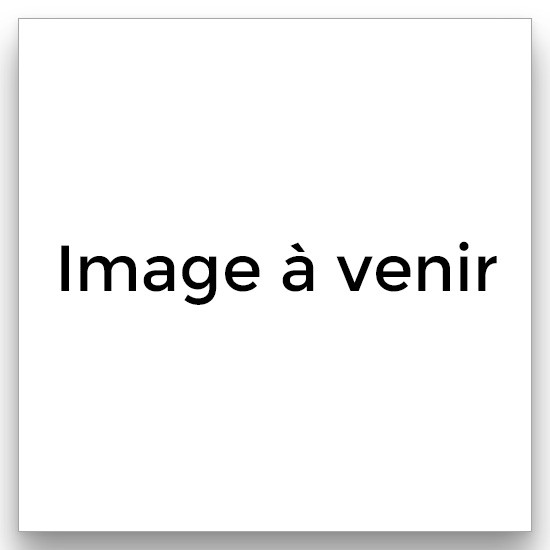Lithography
Lithography was invented by Alois Senefelder who had the idea of polishing a limestone to imitate the flat surface of a copper plate in order to try to write on it. In the course of his experiments, he eventually perfected the lithographic process and printed his first prints in 1816. He travelled to London to promote his process and taught other artists how to use the technique. In France, the technique spread thanks to a book entitled The secret of lithographywhich details the different aspects of the process discovered by Senefelder.
Lithography was thus born in Germany, but the French school had a profound influence on its use, notably through the works of Delacroix and Daumier, who produced many satirical lithographs. The popularity of lithography reached its peak at the end of the 19th century and at the beginning of XXème : lithographers are encouraged in their practice through publications such as PanThe latter has notably highlighted Henri de Toulouse-Lautrec or Edouard Vuillard.
Llithography raises the fundamental question of what is to be recognized as an original work and what is seen as a reproduction. It is considered that any lithograph drawn by an artist and produced by a master lithographer has the status of an original work. The process encourages artists to work in collaboration with master lithographers, such as Marc Chagall, who worked for a long time with the lithographer Charles Sorlier. While the artist is seen as a creator, the lithographer is seen more as a technician.
In the twentieth century en Europe, lithography does not arouse much interest, but many masters have nevertheless taken an interest, such as Braque or Picasso, who signed a large number of lithographs.

The lithographic stone is sanded, cut and the image is drawn. The surface of the stone must be perfectly plane ; it is then rinsed and dried. The drawing is sprinkled with talcum powder, then the talcum powder is spread on the drawing with a cotton pad. The same process is used to spread powdered resin, which will be used to protect the drawing of the biting.

The mordant is made from a few drops of nitric acid mixed with gum arabic (a product based on acacia sap), then it is applied with a brush around the image. The mordant is then applied to the entire image in several passes. The solution should work for a few minutes, then the drawing is wiped off to remove the excess of bite, which should only be a thin layer of solution. The plate is left to rest for an hour.

Pencil residues are removed with a cloth and then a mixture of bitumen (a greasy substance that serves as an ink-receptive layer) and mineral spirits for strengthen the image. The plate is cleaned again of excess material, and then the lithographic stone is inked.

The plate is prepared to be passed under the lithographic stone. Its surface is wetted and a roller is soaked in ink. The lithographer then passes the roller over the plate by moving it gently. The pressure applied should be light and the plate regularly moistened. Finally, the paper is placed on the stone. A covering is added, either a large sheet of paper thin cardboard or newspaper that will surround the drawing on the final lithograph. Once this one prepared, the first proof is printed.




